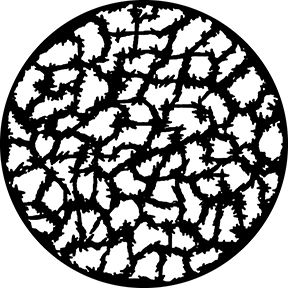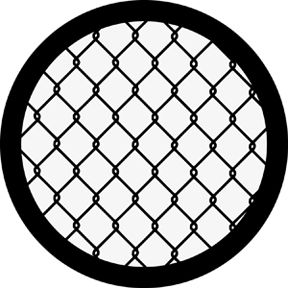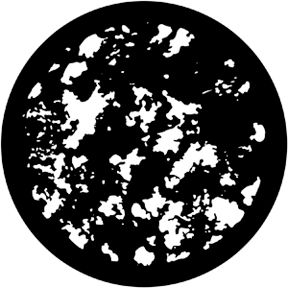
Set Design by Amanda Knehans
Amanda's Statement:
"The scenic design for Ajax is site-specific, taking place in a dry environment where land meets sea. The setting is an old military base adjacent to an airplane 'boneyard', a place where war-weathered fighter planes find their final resting place. The design for Ajax centers around the question of, when you've been made to be a machine of war, what happens to you when the fighting ends? While most of the play's action takes place in a mobile airplane hanger with a stage made of a damaged fuselage, the old, battle scarred planes and battleships that can be seen in the distance, discarded in the desert and sea, become metaphor for how we treat soldiers when they come home from war."
Site-specific theatre is any type of theatrical production designed to be performed at a unique, specially adapted location other than a standard theatre (wikipedia).
Inspirations for Amanda's designs:




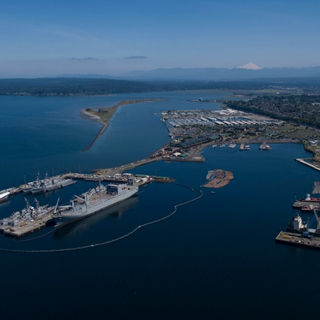


Amanda's Renderings of the Set Design:









Final Set Design Ground Plan:


Lighting Design by Ken Booth
Point of view for designing the virtual Lighting for AJAX by lighting designer Ken Booth:
"I approached designing this play as if it were staged environmentally at an exterior venue, as opposed to a virtual production in a virtual space. My feeling was to treat it like an opera with a massive setting background, which in this case is a final resting place for various war machines. Using the truss structure provided by set designer Amanda Knehans, I installed a lot of side lighting for the performers. The truss also allowed room for fixtures to highlight the “set pieces” in the background.
Because the characters are all present on stage, they are always lit, but the quality of the light changes depending on who is speaking and who is being spoken about. For example, before Ajax is actually in the scene, he might have an intense blue light on him before he appears, which then would change to appropriate front lighting. Also the quality of the lighting on the chorus will constantly shift as they are either in dialogue with Tecmessa or in the “background” listening.
The light plot includes front and back lighting, side lighting, low lighting from the front, some architectural lighting for truss and set pieces, and lighting fixtures to add texture to the floor. There are also a minimal amount of moving lights to pinspot a character, to follow a character as they cross to a specific position, and to provide a moving light beams effects to accent some dramatic sections in the story."
Inspirations for Ken's designs:





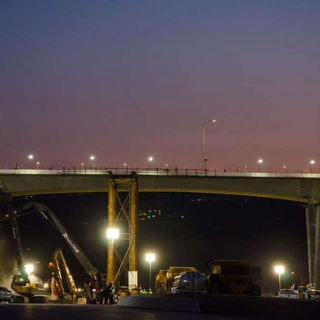

Final Lighting Design Plot:

Instruments and Lighting Gobo Stencils:
